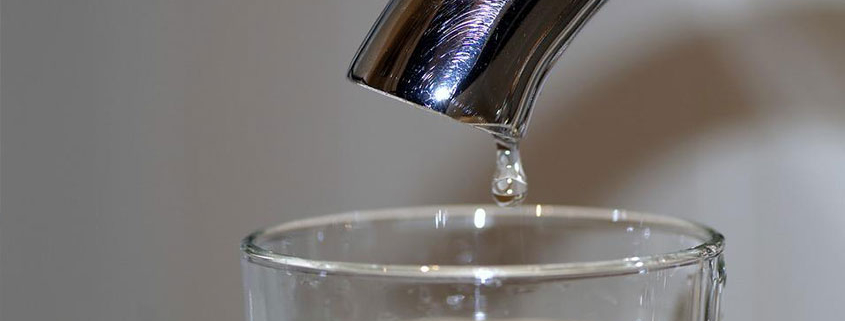A deep dive into tap water and tap water filters
Is Tap Water Safe to Drink?
Tap water goes through a treatment process. Water authorities add chemicals to clean and disinfect it.
In Australia, common chemicals include chlorine, fluoride, and aluminium. These chemicals stay within government-approved levels considered safe for drinking.
Still, many people prefer to avoid consuming any of these substances, even in small amounts.
Tap water provides hydration and helps your body function daily. However, chemicals in high amounts can harm your health over time.

So, What Is Healthy Water?
Healthy water is filtered or purified tap water with reduced or removed contaminants.
Some people filter water to improve taste. Others want to eliminate chemicals and pollutants completely.
Healthy water can come from various sources and systems. All types aim to deliver clean, safe drinking water.
What Does pH Have to Do With Drinking Water?
pH tells us how acidic or alkaline a substance is.
A high pH means more alkalinity. A low pH shows more acidity.
Alkalinity helps neutralize acid. Acidity helps balance the alkaline side.
Your body needs a proper pH balance to absorb nutrients correctly.
pH gives a numeric value to this balance in water.
What pH Level Should Drinking Water Be?
The pH scale runs from 0 to 14.
A pH of 7 is neutral and ideal.
Drinking water should fall between pH 6.5 and 8.5.
Water that falls outside this range may affect taste and nutrient absorption.
What Is TDS?
TDS means Total Dissolved Solids. It measures all organic and inorganic substances in water.
These include calcium, magnesium, sodium, chloride, sulphates, and more.
These substances can come from nature or human activities.
Runoff from farms, cities, or factories can increase TDS levels in water.
How to Check TDS in Tap Water
Buy a TDS meter online or from hardware stores.
Dip the meter into water and follow the instructions provided.
The World Health Organization recommends these TDS levels:
-
Less than 300 mg/L: Excellent
-
300–600 mg/L: Good
-
600–900 mg/L: Fair
-
900–1,200 mg/L: Poor
-
Over 1,200 mg/L: Unacceptable
Extremely low TDS may cause water to taste flat or unpleasant.
How Do Water Filters Work?
Water filters block or trap pollutants using a physical barrier.
Most filters use ceramic or synthetic fibres to stop particles from passing through.
Over time, these filters clog and need replacement.
Choose from water pitchers, faucet filters, countertop units, or under-sink systems.
For travel, use filtered bottles or portable straws.
Pick a filter based on your lifestyle and household needs.
Our Recommended Water Filters
We recommend products we use and trust.
The Puritii Tritan Water Bottle works great for travel or the gym.
For home use, the Puritii Water Filter 2.0 provides clean, safe water quickly.
Final Thoughts
You can drink safer, cleaner water with a few small changes.
Filter your water, monitor TDS, and understand pH levels.
These steps help protect your health and improve your water quality.
Choose healthy water every day for a healthier life.





Leave a Reply
Want to join the discussion?Feel free to contribute!